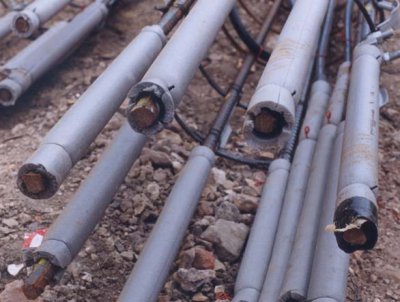 |
||
|
Guidance > Technical > Other Guidance > Use of Debonding Foam Use of Debonding Foam - Technical Considerations
Reducing the risks of vibration-induced injuries In recent years the hazards of vibration-induced conditions such as ‘hand-arm vibration’ (HAV) and ‘whole body vibration’ (WBV) have come to the fore as a health issue in the construction industry. The new Control of Vibration at Work Regulations, published in 2004, will come into force during 2005 (for details visit the HSE website at www.hse.gov.uk/vibration/issues.htm). Through the CDM regulations the HSE are also increasingly looking to designers to design out the risk of workers suffering vibrationinduced conditions. In recognition of this the FPS encourages member companies to develop and use improved technologies to ensure that risk from the exposure of employees to vibration is either eliminated at source or, where this is not reasonably practicable, reduced to as low a level as is reasonably practicable. A major area where federation members are able to influence the risk of HAV and WBV is that of pile trimming. One method of reducing the work required to trim piles that is increasingly requested by clients is the use of debonding foam on pile reinforcement. The practical use of this method is discussed below. The use of reinforcement debonding to facilitate pile cut offBreaking down pile head concrete to the required cut-off-level is normally undertaken by the main contractor. FPS members are pleased to install systems that reduce the health the safety impact of this process. However the following practical advice on the use of debonding foam should be noted;
|
Documents AvailableTechnical note on the use of BR470 in soft clay CFA Piling: Preventing ground and rig instability through over-flighting Hydraulically Bound Working Platforms Design of Bored Piles in Chalk
|
|
